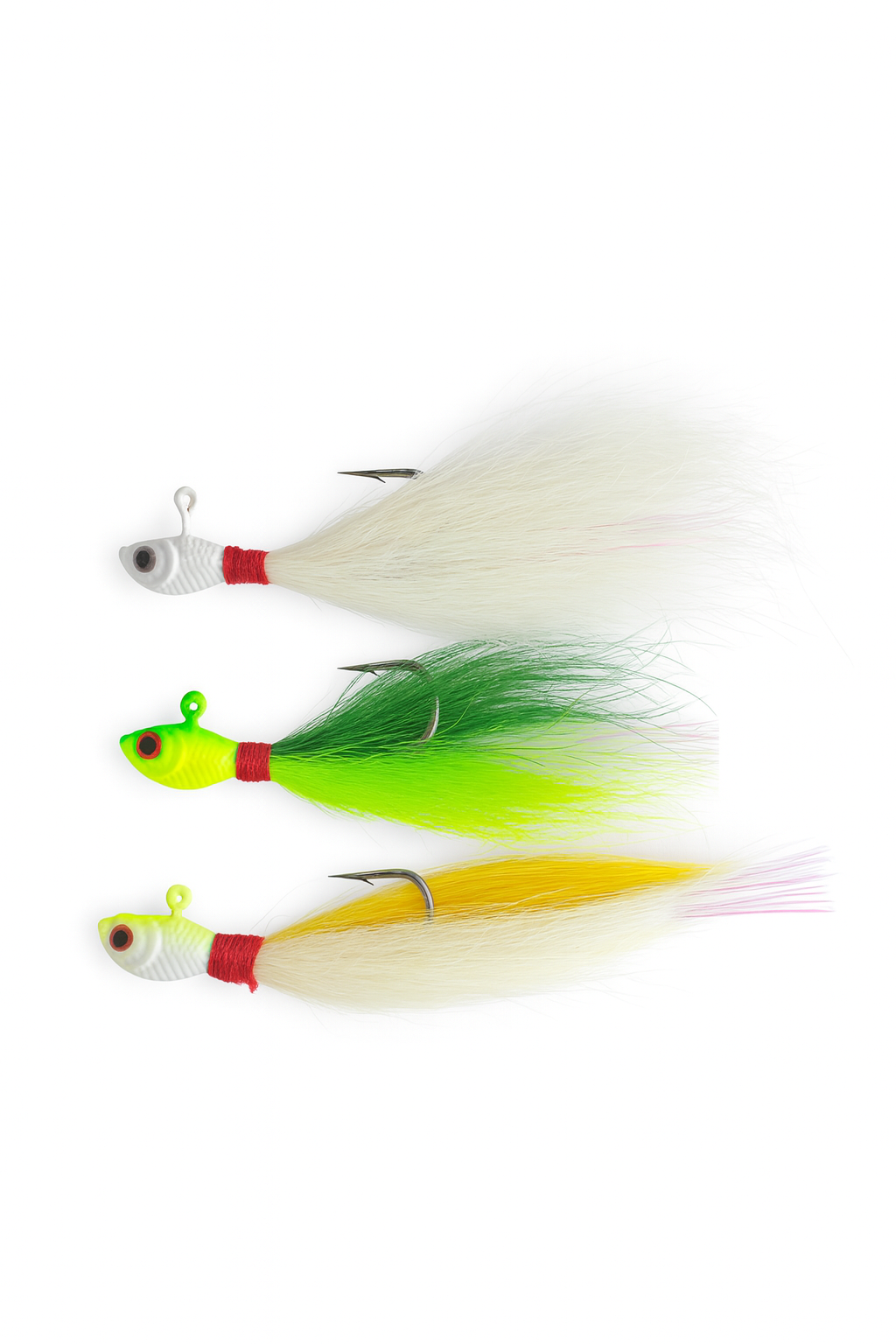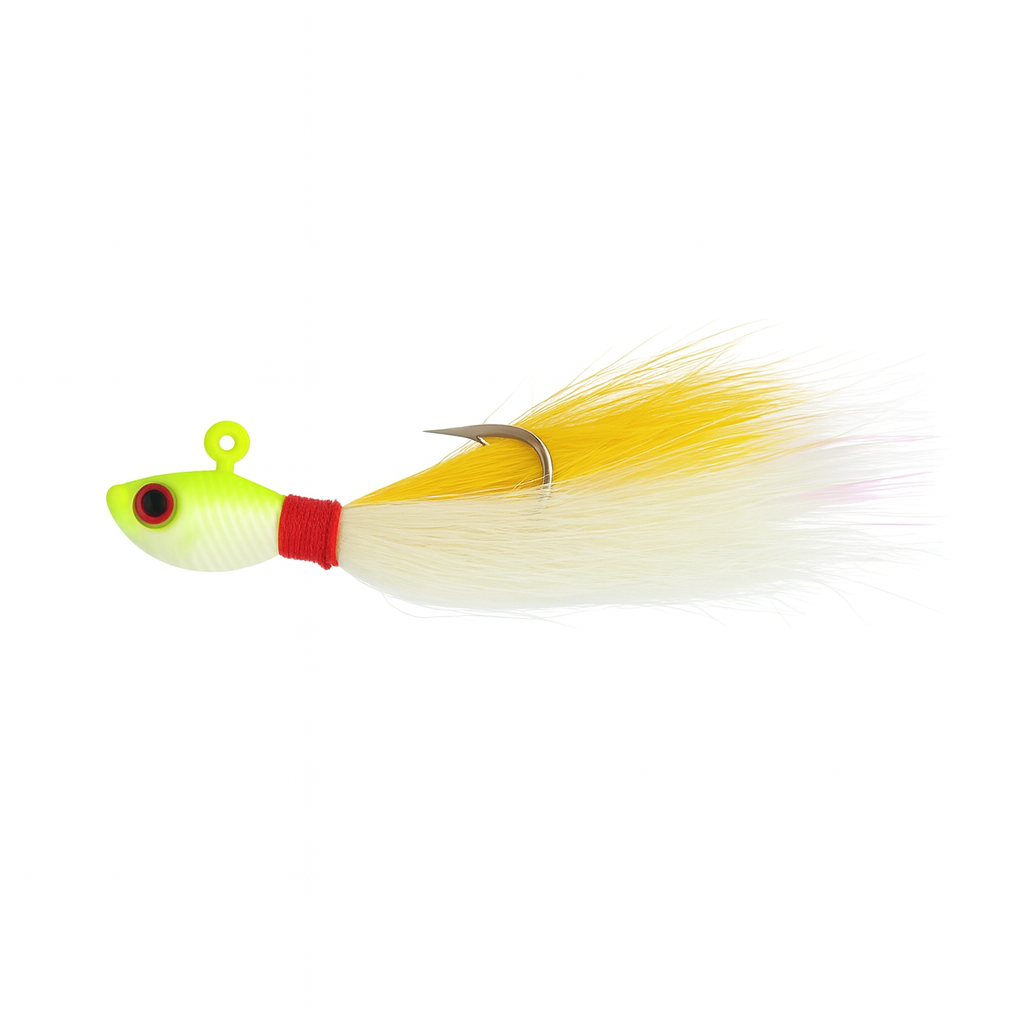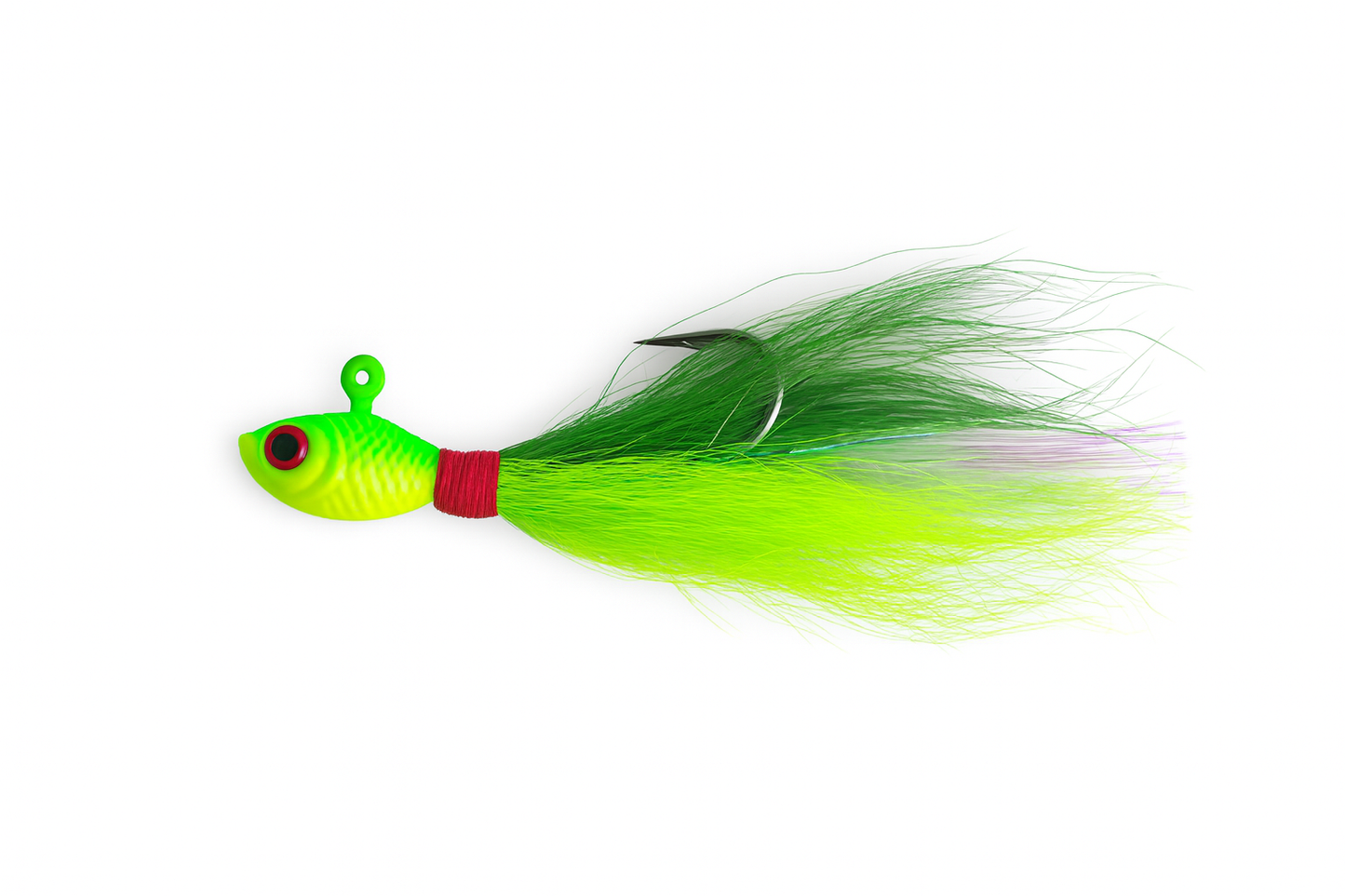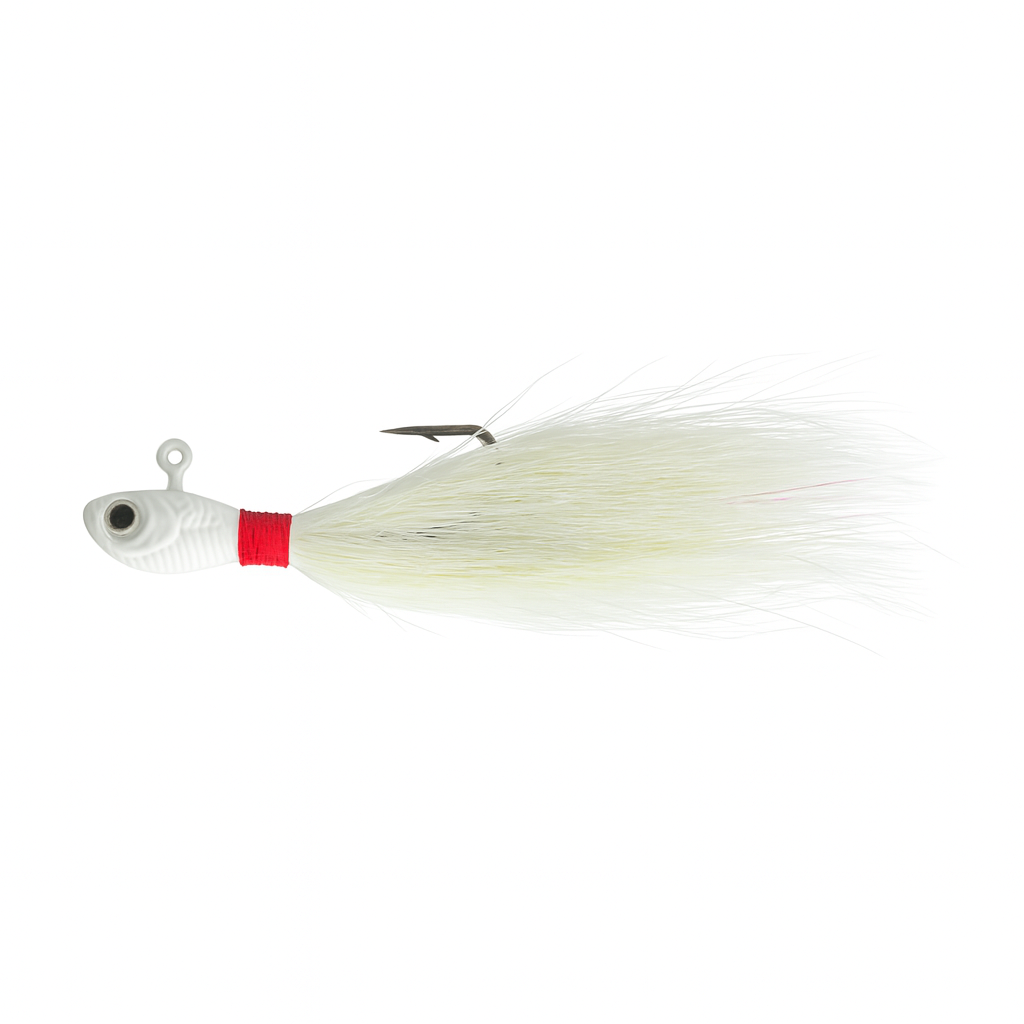How to Use Crab Lures to Catch Sheepshead Around Docks, Bridges, and Pilings
Share
How to Use Crab Lures to Catch Sheepshead Around Docks, Bridges, and Pilings
Sheepshead might not be the flashiest fish in Florida waters, but few species challenge an angler’s skill quite like them. Known for their striped bodies and human-like teeth, these structure-loving feeders are masters at stealing bait. They spend their days picking barnacles, crabs, and shrimp off pilings, bridge supports, and rocky seawalls. To consistently catch them, you need a presentation that looks and behaves like their favorite food — and that’s where crab lures from Outshore Gear come in.
Understanding Sheepshead Behavior
Before diving into lure selection and techniques, it’s important to understand what makes sheepshead tick. These fish rely heavily on their eyesight and sense of smell. They prefer to hold tight to structure where food is abundant — especially oyster beds, channel markers, and dock pilings coated in barnacles. Sheepshead rarely chase fast-moving baits; instead, they nibble and crush small crustaceans with powerful jaws. The key to success is presenting a lure that mimics a crab’s slow, natural movement while staying in the strike zone as long as possible.
Why Crab Lures Work So Well
Artificial crab lures have become one of the most effective tools for targeting sheepshead because they combine durability with lifelike detail. Instead of going through bags of fiddler crabs or small blue crabs, anglers can now use soft-plastic or silicone crab imitations that look just as real underwater. The Outshore Gear Crab Series features true-to-life profiles, natural movement, and subtle color variations that closely resemble local crab species. The biggest advantage of using crab lures is control — you can precisely place them in tight spots around pilings or docks without worrying about losing delicate live bait. They also hold up better against multiple fish, barnacles, and small bait-stealers like pinfish.
Where to Fish Crab Lures for Sheepshead
Sheepshead are found throughout the Gulf Coast and Florida’s inshore waterways, but your best action will always be near man-made or natural structure. Bridges with strong current and heavy barnacle growth concentrate feeding fish along the up-current faces of pilings; position yourself so your cast falls tight to the concrete and drifts downward naturally. Residential docks — especially in places like Cape Coral, Matlacha, and Pine Island canals — create a maze of shade lines, crossbeams, and piling edges where sheepshead graze throughout the tide cycle. Rock jetties and seawalls are also prime, particularly on incoming tides when moving water carries shell fragments and small crustaceans toward the structure. In all of these scenarios, success comes from accuracy: place the lure inches from the target, let it sink on semi-slack line, and keep contact with the bottom or the piling face.
How to Work the Lure
Crab lures shine with subtle movement. After you cast tight to the structure, allow the lure to sink until it touches bottom, then gently lift the rod tip a few inches and let it fall again. This lift-and-drop cadence imitates a crab scuttling and pausing, which is exactly what triggers sheepshead to bite. Strikes often register as faint taps or just a slight increase in weight. Rather than snapping a big hookset, apply steady pressure and reel to load the rod — you’ll pin more fish with fewer misses. A small, sharp jig head in the 1/8 to 1/4 ounce range, or a lightly weighted weedless hook, keeps the lure down while preserving its natural action. For added realism, a light smear of crab or shrimp scent can turn tentative pecks into committed bites.
Choosing the Right Color for Water Conditions
Color selection should match visibility and background. In clear water, natural tones such as Coastal Brown, Sand Crab, and Olive Glow blend with the environment and closely mimic local crabs, making them ideal for sunny days or areas with excellent clarity. In murkier or wind-stirred water, brighter options like Sunset Crab or Reef Lime provide extra contrast so fish can locate the bait more easily. When fishing under docks, on overcast days, or in heavy shade, a two-tone scheme — for example, brown with a muted orange highlight — adds just enough pop without looking artificial. Keep a few options handy and rotate until the fish telegraph a preference.
Gear Setup and Tackle Tips
Because sheepshead live tight to abrasive barnacles and concrete, your setup needs to balance finesse with abrasion resistance. A seven-foot medium-light spinning rod matched to a 2500-size reel offers sensitivity for detecting light bites and enough backbone to steer fish away from structure. Spool with 10–15 lb braid for feel and hook penetration, then add a 15–20 lb fluorocarbon leader for invisibility and abrasion resistance. Tie on a compact jig head or a weedless presentation depending on how gnarly the cover is. Lighter heads yield a more natural fall; weedless hooks shine when you must crawl through crusty pilings without constant hang-ups.
Reading the Tide and Current
Tide timing is pivotal. High and falling tides often produce the best action as moving water pulls food away from structure and positions fish to feed. Align your presentation so the lure drifts with the flow rather than against it; a bait that moves naturally with the current looks believable, while one dragged the wrong way can spook wary fish. Adjust weight just enough to maintain bottom contact without deadening the lure’s glide.
Vertical Presentation from Bridges and Docks
When fishing from fixed structure, a vertical presentation can be deadly. Drop the crab lure straight beside the piling, keep a tight line, and lift it slowly a foot or two before letting it flutter back down. This method keeps your bait in the strike zone and reduces snags, and it excels during colder months when sheepshead hold tight and feed less aggressively. Work each piling methodically before moving on — many times the bite comes after a few gentle cycles.
Final Thoughts
Catching sheepshead with crab lures is a game of patience, precision, and subtlety. By placing casts tight to structure, matching color to water clarity, working the lure with quiet intent, and timing your efforts to the tide, you’ll dramatically improve your results. Outshore Gear’s crab lures are built for this mission — durable enough to withstand toothy crushes and lifelike enough to fool the pickiest feeders. Load a few into your tackle box before your next trip around Cape Coral, Sanibel, or Pine Island, and turn those tentative taps into confident hook-ups.






